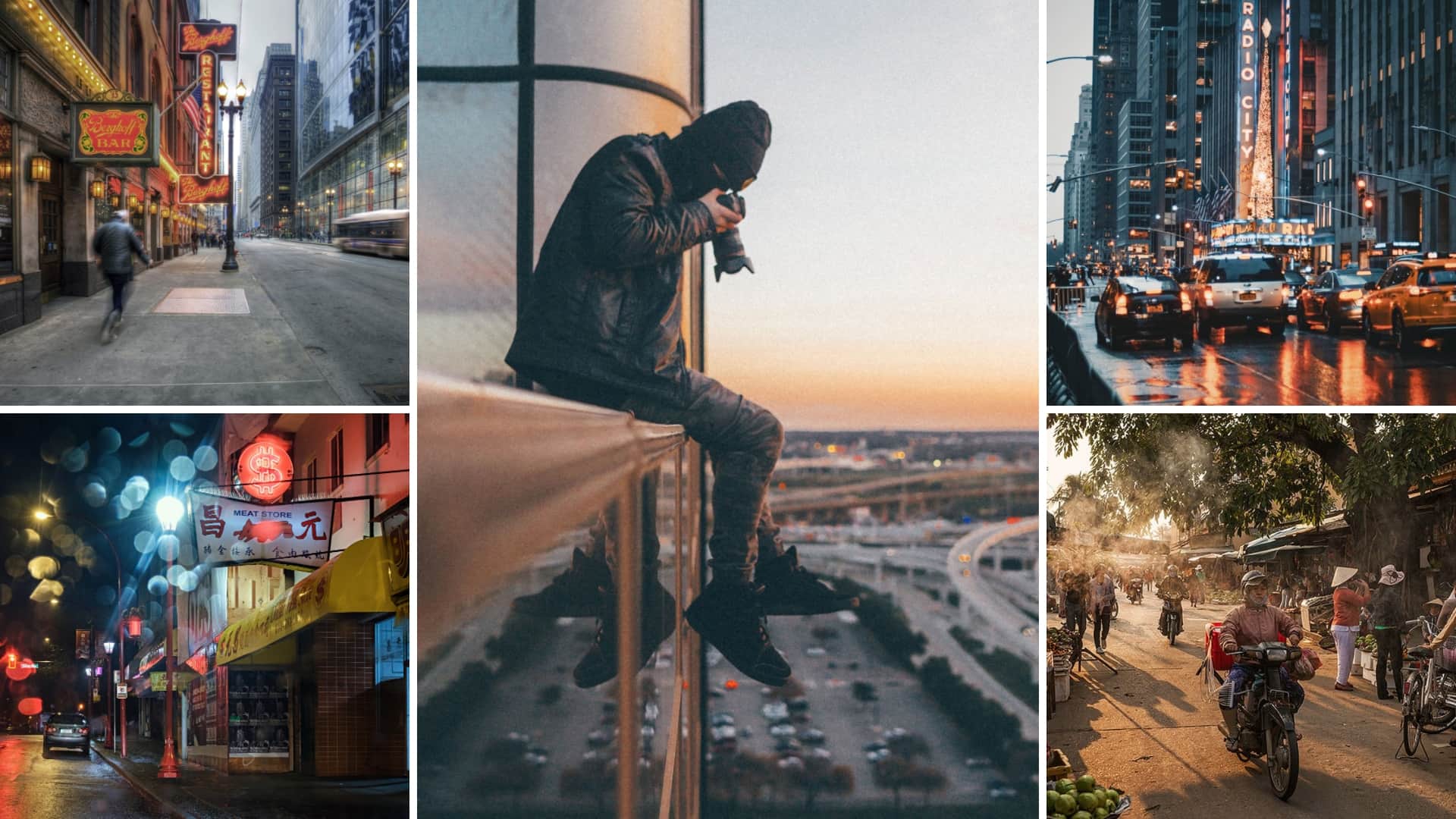The Basic Principles Of Framing Streets
The Basic Principles Of Framing Streets
Blog Article
Indicators on Framing Streets You Need To Know
Table of ContentsThe Ultimate Guide To Framing StreetsFraming Streets Fundamentals Explained4 Simple Techniques For Framing StreetsThe smart Trick of Framing Streets That Nobody is Talking AboutThe Basic Principles Of Framing Streets What Does Framing Streets Mean?
, typically with the purpose of catching photos at a decisive or touching minute by mindful framing and timing. https://www.openlearning.com/u/davidturley-s71apy/.
The 9-Minute Rule for Framing Streets
Susan Sontag, 1977 Road photography can focus on people and their habits in public. In this regard, the road professional photographer is comparable to social docudrama photographers or photographers that also function in public places, but with the purpose of catching relevant occasions. Any one of these photographers' photos might record people and property visible within or from public locations, which usually entails navigating ethical issues and laws of privacy, safety and security, and home.
Representations of daily public life develop a genre in virtually every duration of world art, starting in the pre-historic, Sumerian, Egyptian and very early Buddhist art periods. Art dealing with the life of the road, whether within views of cityscapes, or as the leading theme, appears in the West in the canon of the North Renaissance, Baroque, Rococo, of Romanticism, Realism, Impressionism and Post-Impressionism.
Framing Streets - The Facts
Louis Daguerre: "Boulevard du Holy place" (1838 or 1839) In 1838 or 1839 the initial photo of numbers in the road was tape-recorded by Louis-Jacques-Mand Daguerre in among a pair of daguerreotype views extracted from his studio home window of the Blvd du Holy place in Paris. The second, made at the elevation of the day, shows an unpopulated stretch my site of road, while the various other was taken at about 8:00 am, and as Beaumont Newhall records, "The Blvd, so continuously loaded with a relocating crowd of pedestrians and carriages was flawlessly solitary, except a person who was having his boots combed.
, that was influenced to carry out a similar documents of New York City. As the city established, Atget helped to advertise Parisian roads as a worthy topic for digital photography.

The Basic Principles Of Framing Streets
The principal Mass-Observationists were anthropologist Tom Harrisson in Bolton and poet Charles Madge in London, and their initial record was produced as guide "May the Twelfth: Mass-Observation Day-Surveys 1937 by over 2 hundred viewers" [] Window cleaner at Kottbusser Tor, Berlin, by Elsa Thiemann c. 1946 The post-war French Humanist Institution photographers found their subjects on the road or in the diner. Andre Kertesz.'s extensively admired Images la Sauvette (1952) (the English-language version was labelled The Decisive Minute) advertised the idea of taking a photo at what he called the "definitive moment"; "when form and web content, vision and make-up combined into a transcendent whole" - sony a9iii.
The Best Guide To Framing Streets
, then an instructor of young youngsters, linked with Evans in 193839.'s 1958 book,, was significant; raw and usually out of emphasis, Frank's photos examined conventional photography of the time, "tested all the official rules laid down by Henri Cartier-Bresson and Walker Evans" and "flew in the face of the wholesome pictorialism and wholehearted photojournalism of American magazines like LIFE and Time".
Report this page